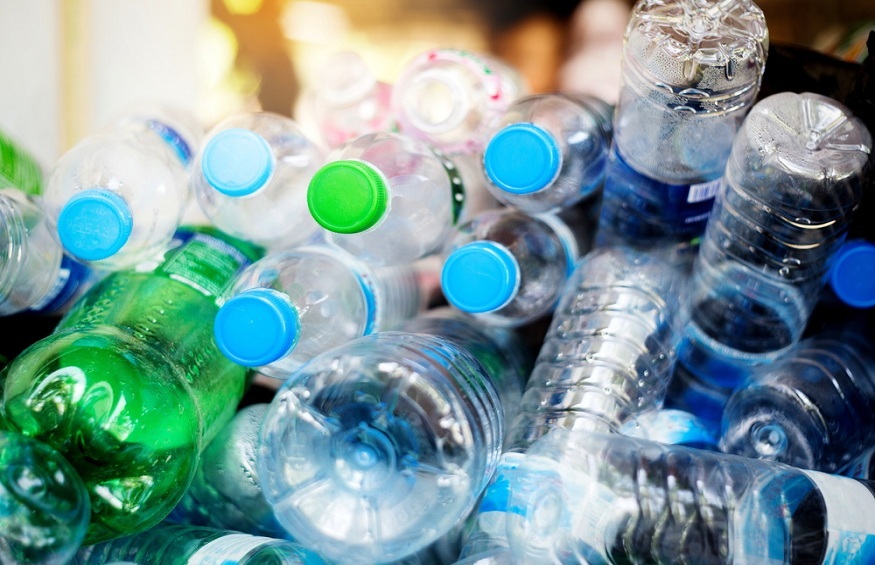If you have any plans to take in the new Asian Arts Initiative display in Philadelphia, be prepared to see some unique works. Two of them will involve sculptures made from Styrofoam. The sculptures themselves may not strike you as anything unusual. But look closer and you will see thousands of meal worms eating the sculptures for lunch.
According to PBS station WHYY, local artist Narendra Haynes has created the two sculptures as a way to raise ecological awareness and creative ways to promote it. He learned about the plastic-eating capabilities of meal worms some years ago. He was so impressed that he now makes meal worms an integral part of his artwork.
Styrofoam Is Junk Food
Haynes says that Styrofoam is pretty much junk food to meal worms. They gain no nutritional advantage from eating it. So he has also added oats and potatoes to his sculptures. Over the five months the two pieces will be displayed in Philly, the meal worms will turn the Styrofoam into a dirt-like substance while they transform into mature beetles.
Haynes isn’t quite sure what the resulting substance actually is. He is hoping to work with colleagues at the University of Pennsylvania to figure it out. In the meantime, whatever it is the meal worms are producing sure looks and smells like dirt.
From Synthetic to Natural
The process of turning Styrofoam into a dirt-like substance has been categorized by Haynes and others as a process of going from synthetic to natural. Such thinking is understandable given the fact that we assume vast differences between synthetic and natural materials.
Styrofoam may be synthetic in the sense that it is manufactured by way of a man-made chemical process. Yet all the ingredients that go into Styrofoam are natural. The same goes for all plastics. The truth is that plastics are petroleum products. Furthermore, petroleum is a natural substance. It is produced by the Earth itself.
At any rate, it would be fascinating if someone were able to come up with a process that relies entirely on meal worms to recycle all sorts of plastic. Scaling would definitely be a problem. So would time. But still, it would be an impressive feat to figure out how to keep plastics out of landfills by feeding it to meal worms.
Shredding and Grinding It
While researchers work on a meal worm solution, there are pretty effective ways to recycle certain types of plastic by shredding or grinding it. Take PET water bottles. PET is the most recycled plastic in the world. Recyclers shred it into fine flakes that can be melted down and turned into new plastic bottles or fibers that can be spun to make fabrics.
According to Seraphim Plastics, a Tennessee company that recycles scrap plastic in seven states, PET recycling is cost-effective when it is done the right way. PET is one of the plastics Seraphim recycles. But the company also recycles other types of industrial scrap plastic by turning it into regrind.
Regrind is essentially small plastic pellets that are produced by sending industrial plastic scrap through powerful grinders. Manufacturers purchase regrind and add it to virgin plastic during the manufacturing process.
Reduce and Reuse
In a strange sort of way, both grinding and feeding Styrofoam to meal worms is a way to reduce and reuse. Both offer different ways to attack the plastic waste problem. Both produce different results.
In Philadelphia, feeding Styrofoam to meal worms will be art for the next few months. Perhaps it will spark some new and innovative thoughts about how to better recycle plastic in the future. If nothing else, the displays will be interesting to look at.






